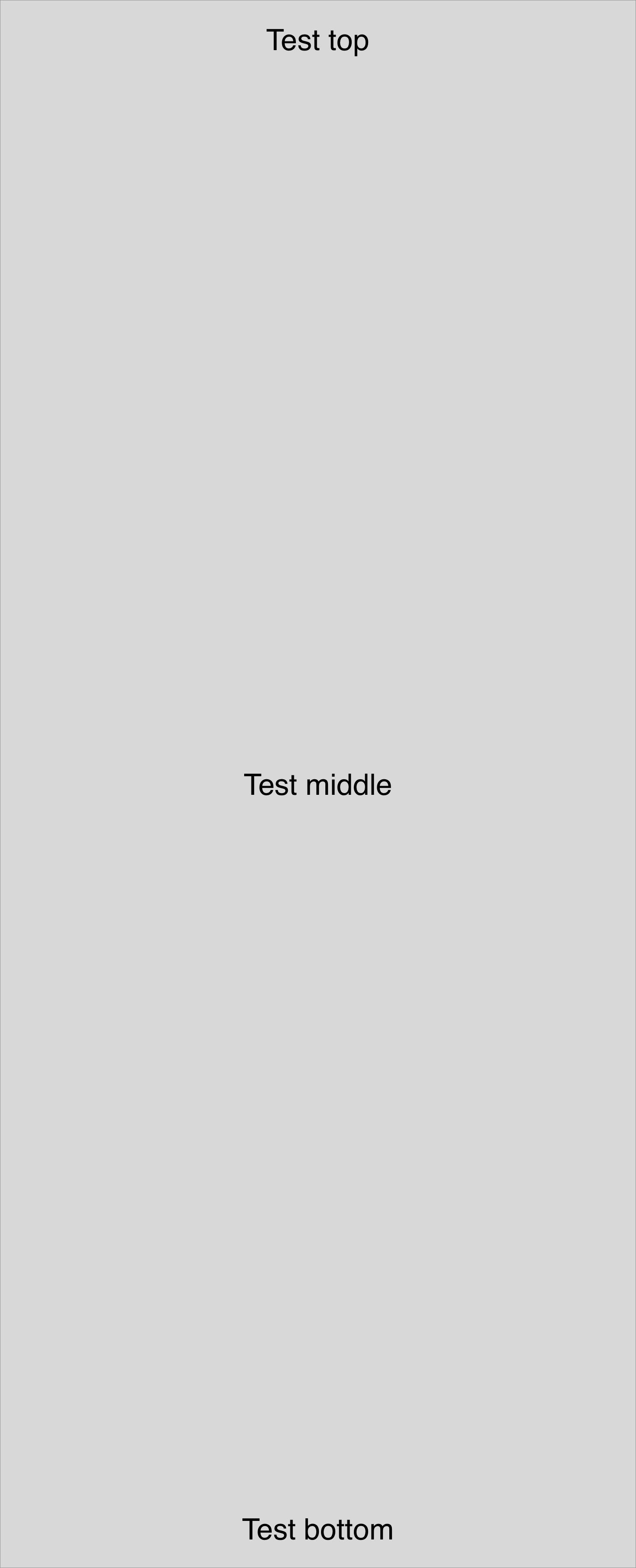Research | Case Studies
Research Driven
My design process is driven by empathy and understanding user needs. I believe that primary research into users is fundamental to user-centered design. I strive to create solutions that are not only functional but are also meaningful and impactful to the actual user. I find out who the user is, what they need, and how they think. I then design solutions that are intuitive and engaging, ensuring that the user experience is at the forefront of every project.
Below are a few of my case studies.
B2C Financial Institution Research
This B2C financial institution supported research. We deployed experience analytics and set up alerts for struggle scores. My Design and Product Teams were involved in all user feedback. We conducted lots of primary research - both in-house and through vendor relationships (to preserve objectivity around things we designed).
The two examples here are from:
- An internal card sort to determine what the taxonomy should be for marketing content
- A usability study conducted through a third party on an iteration of our mobile app that was in-progress. We wrote the test plan for study for the third party, they recruited participants and conducted the study

1 of 1

1 of 1
Ethnographic Studies
In my agency-days, I had the opportunity to do ethnographic studies. The data from those studies helped to create personae.
These two examples are from very different studies. Both studies were incredibly informative and helped to shape the direction of the products we were designing.
- The first study was for Gerber, of new first-time mothers. We built a pop-up "moms' drop-in center" in midtown Manhattan where we could talk to them for 10-15 minute interviews. We asked about the influences in their decision-making process around baby care and baby food. They were invited from blogs and newsletters and locally geosourced. They were incentivized with free baby food and coupons for baby-care supplies. We met with 50+ new mothers. Their feedback created personae, which helped their Product team create a new way to classify their products based on phases of development (still in use today).
- The second was for online retailer, Gilt. They were launching a men-specific node to their site and we were asked to research their male-shopper demographic. We launched an initial online survey. We had 1500+ respondents. From those respondents, we recruited 20 NYC-local participants to 'spend a day' with to observe their shopping habits. Respondents were also asked to journal about their online shopping experiences. From that data, we produced three solid personae and three motifs for their most engaged user. Our research helped drive the successful launch of Gilt Men, beating their projections for new male member signups by more than 75% in the first six months of being live.

1 of 1

1 of 1
Pharma/Healthcare UX Research
In 2011 I led UX research for OneTouch (LifeScan) to redesign their diabetes management platform. Through competitive analysis, persona development, and user journey mapping, I identified three distinct user types: The Overachiever (proactive, community-engaged), The Sustainer (experienced, routine-focused), and The Struggler (seeking support).
The research revealed diabetes management spans multiple daily touchpoints - website, mobile, social, and healthcare providers. This informed an ecosystem redesign connecting previously siloed channels, enabling personalized content delivery based on user type and behavior patterns.

1 of 1